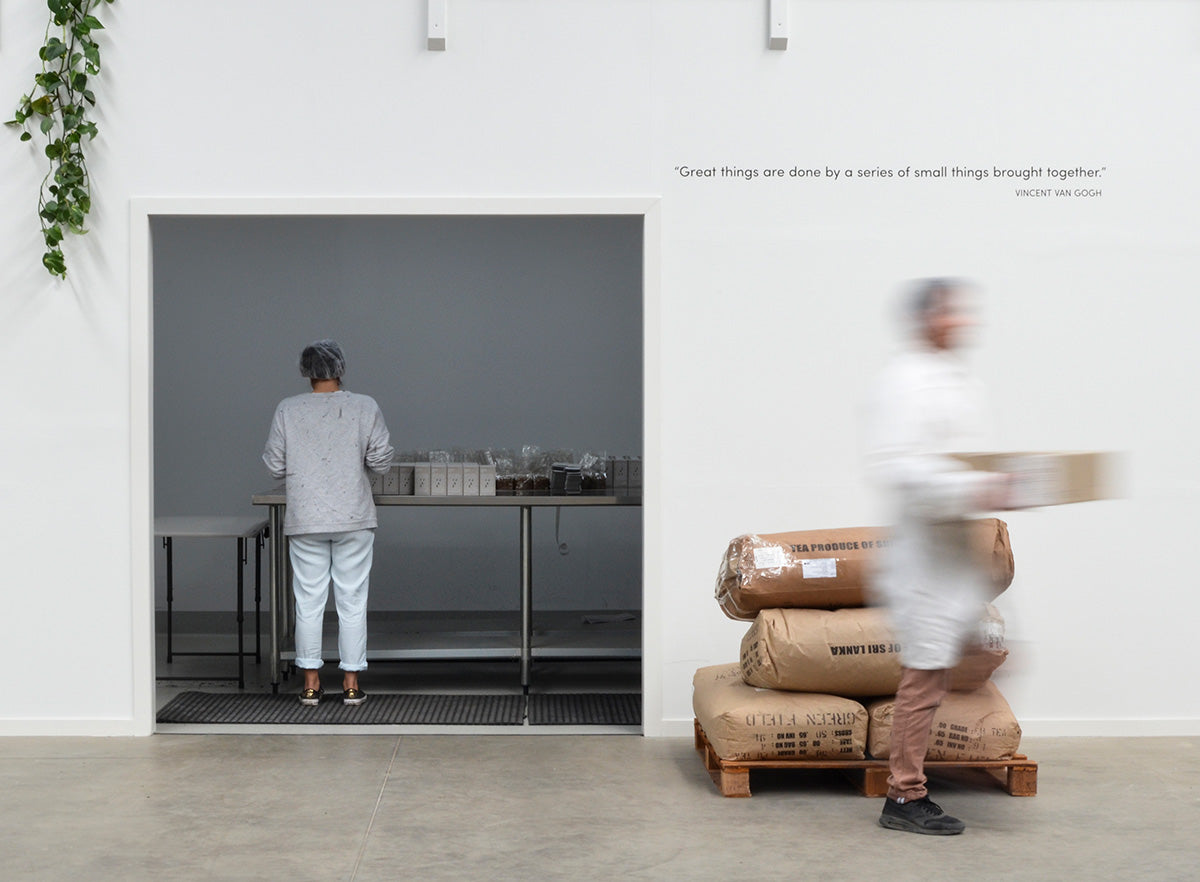In summary
We always encourage our customers to drink loose leaf tea, especially if they are concerned about the environment and potential leaching from tea bag materials. Loose leaf tea really is the only option if you want to make the best tasting, quality tea and the only option if you want to ensure there are absolutely no bi products from the tea bag material. There is also less energy needed to produce loose leaf tea, there is less waste, less packaging and as a bonus, it is more cost effective and tastes better.
As we are such a small family run business, the resources and time we have available to communicate this information are limited but that is one of the foremost improvements we are hoping to achieve going forward.
We look forward to sharing further information with you after we receive results of the testing on our soilon tea bag material for any bi-product leaching.
Of course in the meantime, should you have any questions or concerns, please let us know, it would be our pleasure to assist where we can.
Kindest,
Damien Amos
Love Tea





